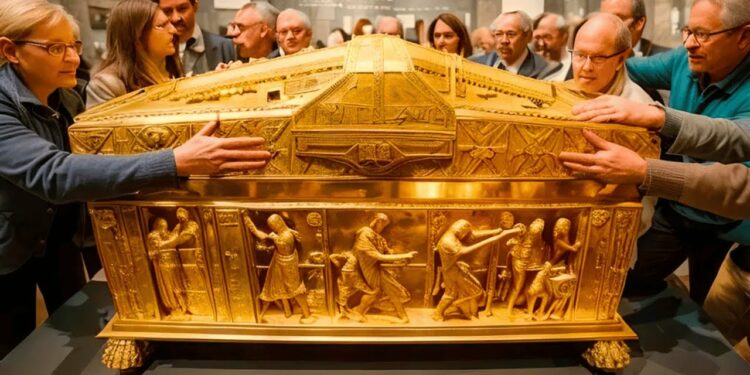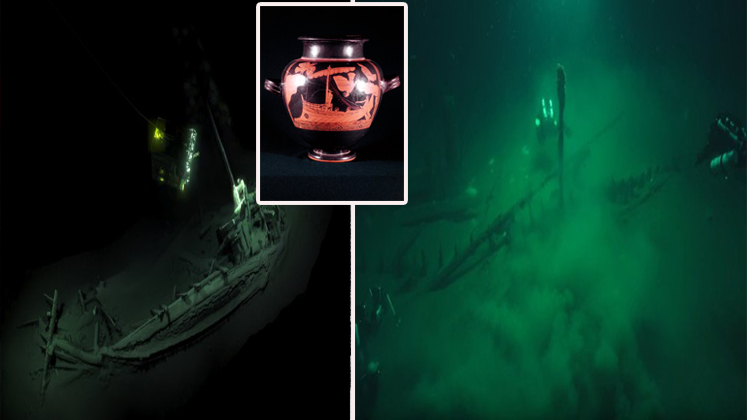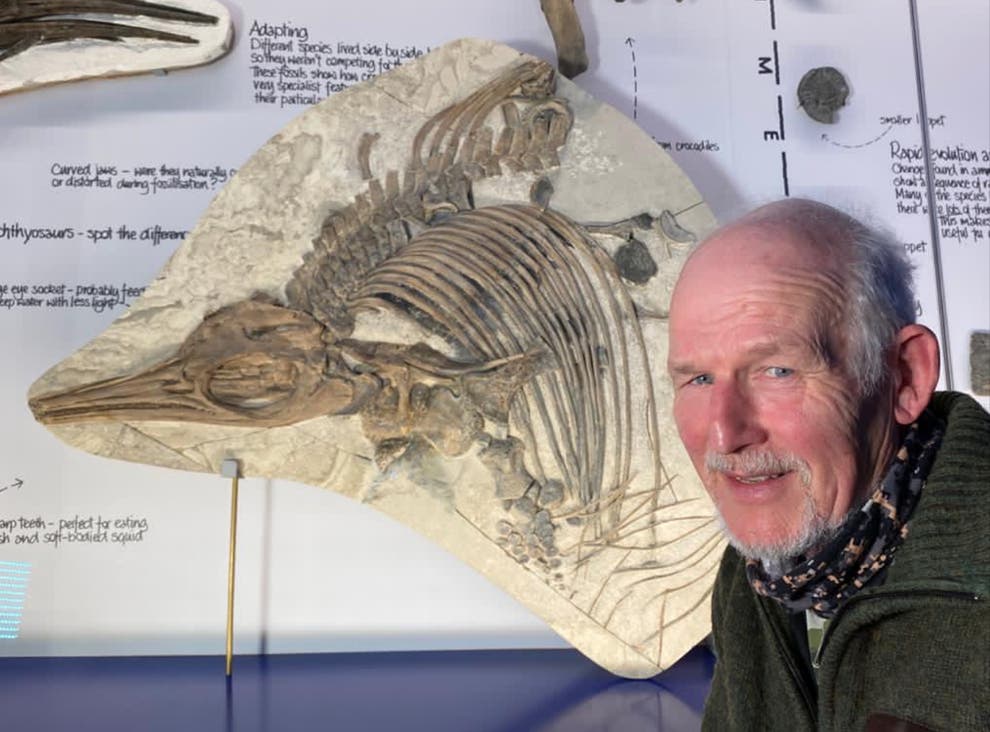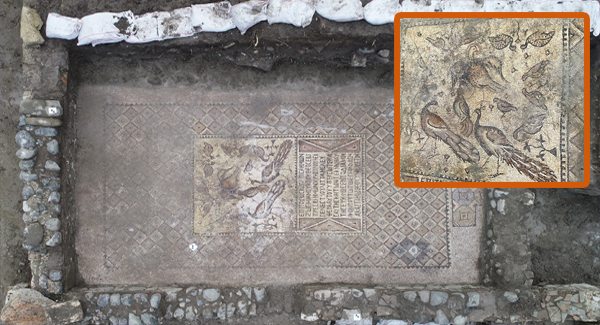Israel is home to numerous religious sites, making it a focal point for archaeologists seeking to uncover ancient religious artifacts and sacred temples. Since 2017, a site called Kiryat Yarim has remained largely unexplored. Referenced in the Hebrew Bible, this location is believed to hold ancient Israelite artifacts and is rumored to be the resting place of the Ark of the Covenant. Recent excavations at this site could potentially reshape our understanding of Biblical history.
The Hebrew Bible, a cornerstone of Jewish, Christian, and Islamic scriptures, forms the basis of the Old Testament and provides a wealth of information about ancient Israel. However, its reliability is questioned, as many accounts were written centuries after the events they describe. This has fueled efforts by archaeologists and historians to verify or challenge the Bible’s narratives. The Book of Exodus, for instance, holds historical significance for the Israelites, who, led by Moses, escaped slavery in Egypt and journeyed to the Promised Land. This arduous 40-year trek through the desert included Moses receiving the Ten Commandments from God on Mount Sinai, inscribed on stone tablets. These commandments were not mere rules but a covenant between God and the Israelites, promising divine protection in exchange for obedience.
The Ten Commandments were housed in the Ark of the Covenant, an ornate wooden and gold chest credited with miraculous powers, such as parting the Jordan River and destroying the walls of Jericho. Whether these events occurred depends on one’s faith in the Old Testament. After reaching the Promised Land, the Israelites established a kingdom, and King Solomon is said to have built a temple to house the Ark. However, when the Babylonians conquered the city, the Ark disappeared, leaving its fate a persistent mystery in the archaeological community. Theories abound, including one suggesting the Ark was moved to Africa, though this has been widely debunked. A more popular theory posits that it was hidden beneath the First Temple in Jerusalem before its destruction. The Bible’s Book of Samuel hints that the Ark was taken into battle against the Philistines and stored in the ancient city of Kiryat Yarim.
Near the modern Israeli-Arab village of Abu Ghosh lies a hill believed to be the site of Kiryat Yarim, known as Tel Zova and home to a Jewish community of European descent. Atop the hill stands a church called Our Lady of the Ark of the Covenant, a striking coincidence. Archaeologists have long been drawn to this site, hoping to uncover the city’s ruins and possibly the Ark itself. Past excavations in the 1980s and from 1995 to 1996 yielded little, and a 2013 survey, while reinforcing the site’s historical significance, found no definitive proof of an ancient city.
In 2017, a team from Tel Aviv University and the Collège de France, aided by over 50 student volunteers, conducted a significant excavation. The hill’s elevation and clear views of the Judean Mountains and coastal plains made it an ideal location for a settlement like Kiryat Yarim. However, challenges included a convent on the hill, which limited excavation due to potential structural instability from erosion. Despite these obstacles, the team’s preliminary findings confirmed they had likely found Kiryat Yarim. Artifacts from the correct time period aligned with historical accounts, and the Arabic name for the area, Deir al-Azar, linked to the priest Elazar, who reportedly guarded the Ark, further supported their findings.
Using aerial imaging, including drones and World War I surveillance footage, the team determined the hill was not a natural formation but a man-made platform constructed around 1150 BC, as confirmed by quartz particles in the soil and pottery shards. This dating placed Kiryat Yarim at its peak during the Iron Age. Surprisingly, the findings contradicted the Hebrew Bible’s claim that Judah built Kiryat Yarim to control Israel. Instead, evidence suggested Israel constructed the city as a defense against Judah, aligning better with other historical texts. The team also uncovered evidence of a possible shrine that could have housed the Ark before its alleged transfer to Jerusalem, though some researchers doubt the Ark’s existence, citing the lack of historical evidence for its move to Jerusalem as described in the Book of Samuel.
Further excavations planned for 2019 aim to deepen understanding of the site’s history and perhaps resolve the enduring mystery of the Ark of the Covenant. For now, the discoveries at Kiryat Yarim continue to challenge and refine our understanding of Biblical narratives.























